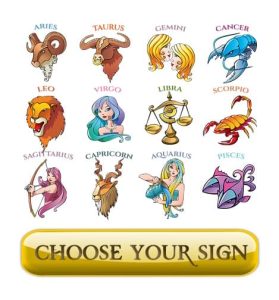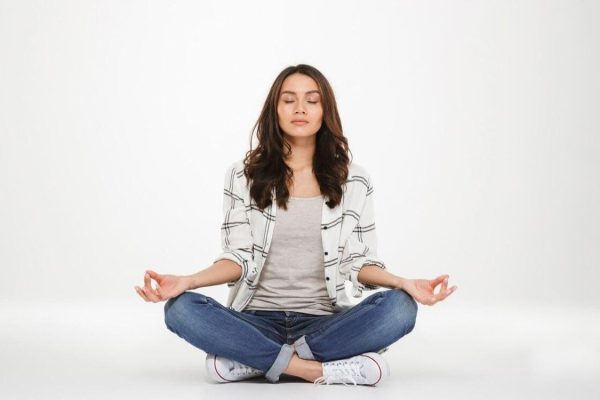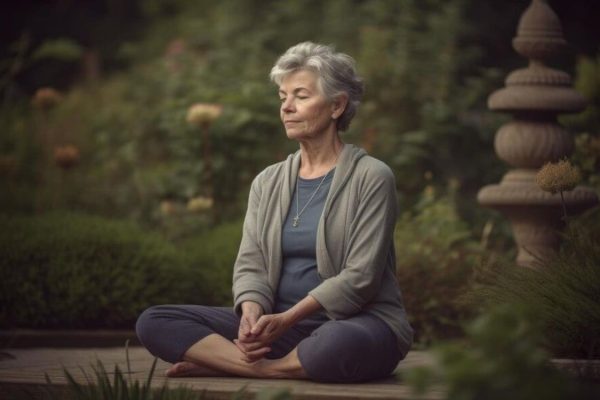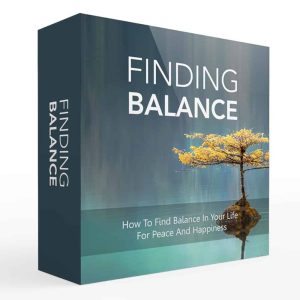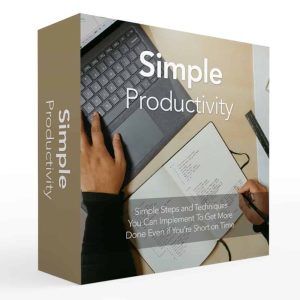A growing trend, ASMR has attracted audiences seeking relaxation and better sleep. This article explores ASMR’s nervous system-calming effects and sleep-related benefits. From whispering and tapping to the natural ambiance and DIY content production, explore various techniques that may be customized to promote peaceful evenings and well-being.
Understanding ASMR
The unique sensory sensation of ASMR (Autonomous Sensory Meridian Response) has become famous for relaxing and improving sleep. ASMR is characterized by tingling sensations that start at the top and spread down the spine. This tingling feeling induces profound relaxation. Many people find ASMR reduces tension and anxiety, improving sleep.
Understanding ASMR requires accepting its nervous system effects. ASMR videos commonly use soft voices, whispers, and relaxing aural and visual triggers. Tingling in ASMR may be caused by endorphins, neurotransmitters that promote well-being. Anecdotal evidence of ASMR’s relaxing benefits is abundant, although physiological research is underway.
How ASMR Works For Sleep
ASMR promotes sleep by reducing tension and calming the mind. ASMR’s tingling sensations soothe the body, lowering heart rate and relaxing the body. This makes ASMR appealing to insomniacs.
ASMR promotes sleep by fostering connection and warmth. ASMR videos feature whispers and voices that evoke bedtime tales and lullabies. This aural stimulation may help people sleep, particularly those who like pleasant noises.
ASMR improves sleep beyond its initial relaxing benefits. ASMR reduces nightly awakenings and improves sleep depth and restfulness for many people. ASMR is helpful for natural, non-pharmaceutical sleep improvement because of its soothing quality.
Popular ASMR Triggers
ASMR triggers are sensory inputs that cause tingling, relaxation, and sleep. Some triggers are famous for their efficacy.
1. Whispering And Soft-spoken Voices
Whispers or voices are a characteristic ASMR trigger. The speaker’s soothing voice and proximity help many relax and fall asleep.
2. Tapping And Scratching Sounds
Repetitive tapping or scratching of fingers, objects, or surfaces is a common ASMR trigger. Many people find these rhythmic noises soothing.
3. Visual Triggers: Hand Movements And Close-up Shots
Visuals are essential in ASMR. Hand motions, purposeful gestures, and close-up images may enhance tingling. These pictures induce calm via multimodal stimulation.
4. Role-play Scenarios
Content makers act out ASMR role-play situations, including spa visits, medical exams, and personal attention. These role-plays are popular with ASMR fans because they are immersive.
5. Individual Preferences In Choosing Suitable Triggers
ASMR’s efficacy is subjective, although specific triggers are well-known. The ideal triggers depend on personal tastes. Some love tapping noises, while others prefer a soothing voice.
ASMR aficionados try different stimuli to locate their triggers. ASMR is popular because it offers a variety of triggers, enabling users to customize their experiences for relaxation and better sleep. ASMR provides various relaxing sounds, such as the delicate rustling of leaves, the soothing sound of rain, or the repetitive tapping of fingers.
Exploring Lesser-known Asmr Triggers
ASMR fans regularly try new triggers to relax and tingle. ASMR content providers have been attempting unusual noises and circumstances to increase triggers. Its distinctive cutting, sizzling, and stirring noises may trigger ASMR cooking.
ASMR programming includes nature sounds like rain and leaves rustling to soothe viewers. ASMR triggers are increasingly customized to individual interests and hobbies. ASMR films on art, literature, or video games satisfy some viewers. This tailored approach makes ASMR more effective and adaptive for a broad audience.
Creating A Relaxing Asmr Environment
Optimizing ASMR requires attention to audio and visual content. High-quality headphones may increase aural stimulation, letting viewers fully experience ASMR triggers. Binaural recording, where two microphones capture stereo sound, makes ASMR more lifelike and multidimensional.
Choosing ASMR artists that match your tastes is essential for relaxation. From soft-spoken role-plays to ambient noises and nature movies, ASMR material is diverse. ASMR is more pleasurable and customized when artists match viewers’ tastes.
DIY ASMR For Personalized Sleep Aid
Allowing people to generate their own ASMR material makes ASMR a customizable sleep aid. DIY ASMR utilizes personalized triggers with sounds and circumstances that connect with viewers. Customizing ASMR material might entail trying new triggers, beloved noises, or even daily routine aspects.
This hands-on method improves ASMR and gives sleepers a feeling of control. DIY ASMR works better when encouraged to be used before sleep. People may develop a peaceful and reliable sleep aid that suits their tastes by adding tailored ASMR triggers to pre-sleep activities.
Potential Challenges And Considerations
ASMR has many advantages, but being aware of possible risks is essential. ASMR reactions are subjective, so not everyone feels tingling or finds it beneficial as a sleep aid. ASMR works best when approached with an open mind and understanding that individual tastes matter.
Overusing ASMR material may lead to addiction. ASMR may aid with relaxation and sleep, but it’s essential to maintain a good balance and not rely primarily on it. If ASMR doesn’t help, see a doctor to rule out sleep issues or medical diseases.
Conclusion
ASMR is a flexible and easy way to relax and sleep better. Understanding its mechanics, investigating renowned and lesser-known triggers, and customizing ASMR help it work. Individuals may use ASMR to relax and sleep better by enjoying current material or generating customized ASMR.






